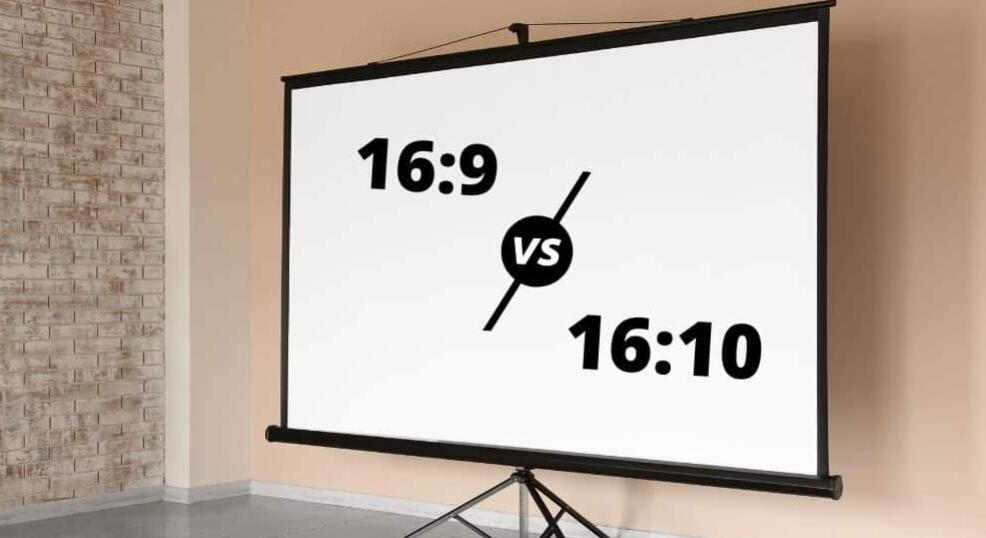
In today’s fast-paced digital era, visual displays are an essential part of our daily lives. They serve a multitude of purposes, from entertainment and advertising to education and communication. Two prominent types of visual displays are walls and screens. Each has its advantages and disadvantages, and the choice between them depends on the specific requirements of a project. This article delves into the various aspects of walls and screens, comparing their features, applications, and limitations to help you make an informed decision.
Contents
Definition and Types
Wall Displays
Wall displays refer to large-scale projections or digital images displayed directly on a wall or another flat surface. These displays can be created through various means, such as paint, tiles, murals, or even digital projectors. Wall displays come in various forms, including:
- Painted or printed murals
- LED wall panels
- Video wall systems
- Projected images
Screen Displays
Screen displays, on the other hand, are visual images displayed on electronic screens, such as televisions, computer monitors, or mobile devices. Screens use different display technologies like Liquid Crystal Display (LCD), Organic Light Emitting Diodes (OLED), and Light Emitting Diodes (LED), among others. Screen displays can be categorized into:
- Flat-screen TVs and monitors
- Touchscreen devices
- Projection screens
- Flexible or foldable screens
- Comparison Factors
Image Quality
Wall Displays: Depending on the method used, wall displays can provide high-resolution images. However, certain factors like ambient light, surface texture, and projector quality can affect the overall image clarity.
Screen Displays: Modern screen displays, such as OLED and 4k LCDs, offer excellent image quality with high resolution, vibrant colors, and deep contrast levels. They perform well even in bright environments, providing clear images without much distortion.
Size and Scalability
Wall Displays: Wall displays can be customized to fit any size, making them suitable for large-scale installations like advertising billboards, public art displays, or architectural applications. Video walls can be formed by combining multiple individual panels, allowing for virtually limitless scalability.
Screen Displays: Screen displays have size limitations based on the manufacturing process and technology. However, larger screens like TVs and monitors are available, and newer technologies like foldable screens offer potential for larger displays in the future.
Portability and Installation
Wall Displays: Wall displays, especially projected images or LED panels, can be relatively easy to set up and dismantle, making them suitable for temporary installations. However, painted or tiled wall displays are permanent and require substantial effort to change or remove.
Screen Displays: Screen displays, particularly flat-screen TVs and monitors, are designed to be portable and easy to install. They can be mounted on walls, placed on stands, or integrated into various furniture designs. However, larger screens may be cumbersome and require additional support for safe installation.
Interactivity
Wall Displays: With the addition of interactive technologies like touch-sensitive surfaces or motion sensors, wall displays can be made to respond to user input, offering an immersive experience.
Screen Displays: Touchscreen devices are inherently interactive and provide a user-friendly interface for various applications, from entertainment to professional use.
Cost
Wall Displays: The cost of wall displays varies depending on the type and scale. Painted murals and simple projected images can be relatively affordable, while large-scale LED walls and video wall systems can be quite expensive.
Screen Displays: The price of screen displays can range from affordable for basic consumer-grade devices to expensive for high-end professional displays. However, advancements in technology have made high-quality screens more accessible to a broader range of users.
Applications
Wall Displays
- Architectural installations and public art
- Large-scale advertising and promotions
- Entertainment venues like concert stages and sports arenas
- Corporate lobbies and showrooms
- Educational settings for immersive learning experiences
Screen Displays
- Home entertainment systems and personal computers
- Mobile devices for communication and productivity
- Digital signage and kiosks in retail and public spaces
- Professional settings like control rooms and studios
- Interactive installations in museums and galleries
Conclusion
Both wall and screen displays offer unique advantages and drawbacks, and the choice between them depends on the specific requirements of a project. Wall displays are ideal for large-scale installations, offering a customizable canvas for creative expression. Screen displays, on the other hand, provide high-quality images, interactivity, and portability, making them suitable for a wide range of applications. Ultimately, the decision between a wall or screen display will be guided by factors such as image quality, size, installation, interactivity, and budget constraints.